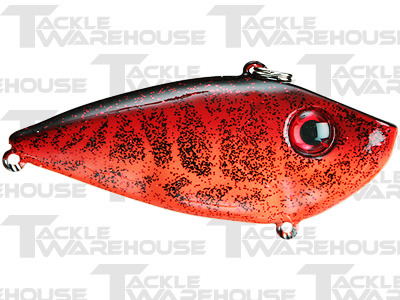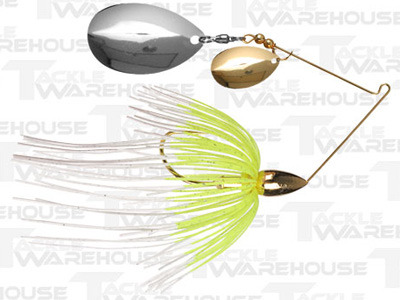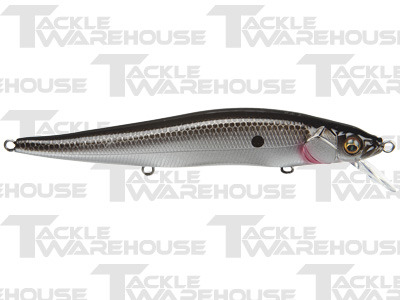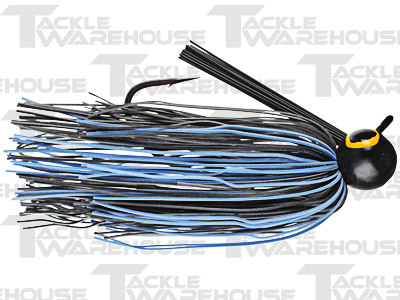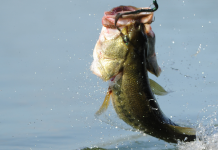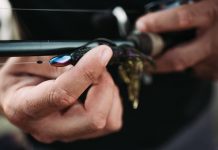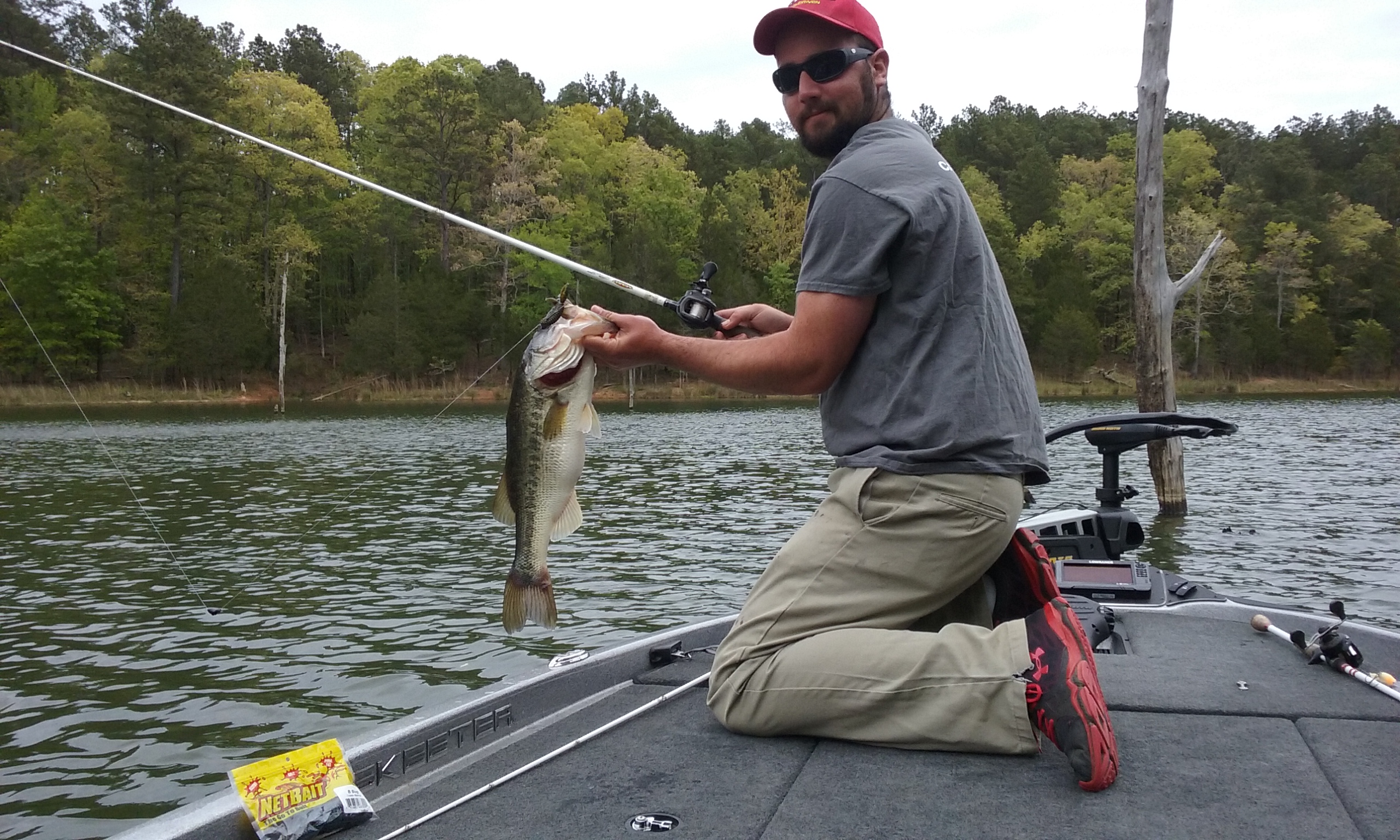Spring is in the air! Balmy conditions across most of the U.S. have turned the bass bite on, and this has many anglers asking themselves (including myself), “What should I be using?” In this edition of the Weekend Wrap-Up we’ll be diving into some of the best lures to throw in the warming spring waters to help you produce bigger and better catches!
Lipless Crankbaits
This springtime hero has been around for quite a while since their introduction in the fishing industry. Many anglers refer to the lipless crankbait as ”idiot bait” because of the simplistic (yet effective) cast and retrieve method. Little do those folks realize there are so many possible variables with these lures!
The ability to catch quality and quantity with this lure is what attracts anglers. Not to mention the variety of ways in which to fish it! Whether you like a steady retrieve, burning it quickly, lift and drop or a rip and flutter approach, this lure has it all. It’s considered to be one of the best “search” lures around since you can cover a ton of water and vary the retrieves throughout the process to find what fish are looking for. The reaction strike that it creates, as well as the wounded baitfish imitation it gives off, gets bass riled up and flat out angry. Fishing them on flats where baitfish are and presenting and retrieving across the tops of new vegetation are two of the more common ways to work this bait.
Nowadays, these baits come in countless colors, high and low frequency rattles and different weights. These are a must-have for spring lakes with grass and seem to be most effective in the 2-8 ft. ranges.
Spinnerbaits
Spinnerbaits have been one of the go-tos for nearly every angler in any situation in the U.S. since their introduction in 1951. Due to their effectiveness in a lot of different types of cover and ability to fish it virtually in any type of water, it has caught fire in the spring fishing handbook.
A spinnerbait can get the job done in spring whether it’s being slow rolled in deep water with big blades and a heavier lead head, or burned across a three-foot flat covered with baitfish. Many anglers like to shuffle through many different sizes, colors and blade types to find which is the most effective. In spring, I like to go with a Colorado blade for a few simple reasons.
- The Colorado blade is a slow, thumping type of blade that displaces a lot more water than your traditional willow leaf blades that also throws off just enough flash to get their attention — even in dirty spring waters.
- This creates an imitation of a dying and wounded shad trying to slowly get away from predators.
- Heavier sizes are mainly utilized for slow rolling, while a 5/8 ounce bait (the regular size I throw) for finding fish that are moving up/staging or are already in the shallows.
I almost always fish these with a redstinger hook, and depending on the bite I’ll substitute different trailers. A split-tailed trailer seems to work well year round, but I prefer to fish without a trailer in spring to give the bait a more compact look due to the size of the baitfish.
Jerkbaits
My personal spring favorite — the jerkbait. They’ve been around forever, but have recently been rediscovered and exploited in the past 14 months. The new designs and technologies that have advanced this lure have really taken the bass fishing world by storm!
There are many reasons for bass to attack a jerkbait so viciously in the spring.
- First, their slender profile tends to match the smaller baitfish present early in the year.
- Second, the suspending action looks like a dying shad as they slowly drift and sink in the water column. This also gives bass a quick, easy meal since they are high floaters unlike topwater baits, because they sit many feet below the surface.
Most often you’ll be targeting suspended fish you find on your graph.
- Once you find these fish, decide whether they’re in the 1-3 foot range, 4-10 foot range or 10+ feet.
- From there, find your favorite jerkbait (Megabass 110, Smithwick Rouge, or Lucky Craft Pointer) that reach those levels or customize them with weight dots/tape.
- Finally, be sure to try different waiting lengths and jerking motions. This will help you find the best pattern for that particular day.
Football Jigs
When in doubt, drag a jig! The football jig is one of the oldest lures in the book. Now, that book may be filled with pages upon pages of fishing lore, but it really is quite effective when you’re looking for a final resort OR that kicker fish in the spring. Some of the biggest fish I’ve caught in spring are off jigs worked slowly in these cool waters. Don’t think for a second they can’t get you stacks of fish either! Many folks have it stuck in their heads that fishing slower yields fewer fish, where as many experts and ole’ timers will tell you that they can get bite on a jig more often than any other bait on certain days.
And you don’t have to just drag it…jigs can be bounced, dragged, swam, etc. The list goes on and the combinations with colors and trailers are endless. Personally, I like a PBJ or a traditional black and blue at the end of my line, but it depends on confidence, forage and water clarity.
Also, don’t be afraid to try different weights and profiles throughout the day to find the best. Sometimes bass prefer a bulky presentation and other times they want a small, compact dinner!
———-
Just make sure to keep track of your successes on Fishidy. It’ll be a great resource for you to come back to again and again for future reference – note day, time of year, weather conditions, bait used, etc. It’s sure to keep you on fish, all the time!

